As you get older, you’re going to notice a few changes. You’ll find stray hairs where they don’t belong. You’ll find that gravity is no longer your friend. And you’ll find that your joints are often stiff, painful and even creaky.
The title of this article is probably a misnomer – joint care for older adults actually starts much before you begin to age. Are you starting to experience joint discomfort? Are you just thinking about your joint health for the future? Read on to find out what you need to do to protect your joints.
Your Body Changes as You Age
It’s just biology. Your posture’s going to change, your gait will even change. Your sense of balance may be disrupted and you’ll hold fats and fluids in different parts of your body.
Among those changes are those to your bone density. That’s true for men and women alike, but it’s especially true for post-menopausal women.
As you grow older, your bones lose calcium. Your spine becomes thinner and more fragile. Your arms and legs become more brittle, too, which makes you susceptible to breaks and sprains. And, most importantly for your joint health, the amount of fluid in your joints decreases drastically.
The goal is not to scare you! Aging is perfectly normal – these changes are the way our bodies adapt to the environment, and they’re completely natural. The goal is to inform you, and to make sure you take precautions. Keep those joints healthy when you’re young, and enjoy better health when you’re older!
Joint Care Starts When You’re Young
Which brings up a solid point. If you wait until you’re aging to care for your adults, you’ll be doing more reparative work than preventive. The younger you start, the better your outlook for healthy joints.
If you’re a younger person, you can start caring for your joints now. As younger adults (and even kids), we’re more likely to overexert our joints. (Think all-day tennis matches and marathons.) And no one’s telling you to stop doing what you love!
Be mindful of your joint health today. Know when to take it easy, and make lifestyle changes that will impact you positively later. Let’s look at how you can care for your joints, at any age.
Steps You Can Take Toward Healthy Joints
There are a number of things you can do to alleviate joint pain and disorders of the joints. We’ll take them one by one. If something doesn’t apply to you, just skim over it and keep reading!
Lose Weight
Overweight and obese children and adults are exponentially more likely to suffer joint pain than those people who are of a normal weight. In fact, every pound of fat on your body adds 4 pounds of stress to your joints.
Lose weight! Clear a healthy diet plan with your doctor, and get an appropriate amount of exercise. The CDC recommends that you get about two and a half hours of exercise per week to maintain a healthy weight.
Build Your Muscles
Strong muscles around your joints are like little shock absorbers. That means that the stronger your muscles, the healthier your joints will be.
You don’t have to be a weightlifter to strengthen your muscles. All you’ll need to do is participate in some aerobic activity. Walking, jogging and running can all benefit your joints. Do you already have pain in your joints? Try swimming! It’s super low-impact, and much easier on your joints than other activities.
Take Supplements
There are a range of supplements that can help your joints. You can try glucosamine or chondroitin. There’s no FDA proof that these help your joints, but arthritis and bursitis sufferers swear by them. Truthfully, though, glucosamine is a natural fluid which occurs around your joints. So it can’t hurt.
Omega 3s and 6s have also been shown to help lubricate the joints. You can take these in supplement form. Or you can incorporate them into your diet by eating foods like walnuts, spinach and salmon.
Stretch!
Before you work out, be sure you stretch to alleviate strain on your joints. Keeping your muscles nice and limber will keep your joints lubricated.
For the best results, warm up your muscles just a little before stretching. Then, stretch at the end of your workout, too. Not exercising? Stretch anyway! Increasing your flexibility and stretching is great for joint care, whether you’re working out or not.
Take it Easy!
Whether you’re an older adult or a spry, young person, it’s important to know your limits. There are dozens of causes of joint pain that are naturally occurring. Don’t make it worse by putting too much strain on your joints.
There are activities that are harder on your joints than others. Rock climbing is tough on your knees. Tennis is tough on your elbows. Softball is hard on your shoulders.
That doesn’t mean you can’t participate in these activities – not at all! What it does mean is that if you begin to feel uncomfortable, you should have the sense to stop.
“Weekend warriors” are notorious for developing joint problems like bursitis, arthritis and tendinitis. You know the type – the people who don’t work out during the week, then go crazy on Saturday.
If you’re going to exercise (we recommend that you do!) then you need to be smart. Listen to your body and stop when it’s time to stop.
Wear Protective Gear
No matter your age, it’s a good idea to invest in some good protective gear to help to protect your joints.
There are two tools you should have in your joint care arsenal. The first of these is a quality pair of compression socks. Compression socks or leg sleeves will help to increase the circulation in your legs, which improves your joint health.
If you’ve already got a bit of joint pain, your compression sleeve will assist in alleviating joint pain.
The other tool you need is a pair of orthotic insoles. Insoles will do more than just cushion your feet. They’ll also help to correct your gait and your posture. That, in turn, will lessen the strain on your joints.
Final Thoughts
Joint care for older adults starts when you’re young. But even older adults can protect themselves from joint pain. By taking a few steps to care for your body, you can prevent joint pain no matter how old you are!
We have some great products that are great for joint care purposes. Here are just a few:
-
50 %OFF50 %OFF50 %OFF50 %OFF
Pain Relief Foot Compression Socks
Rated 4.43 out of 5$39.99Original price was: $39.99.$19.99Current price is: $19.99. Select options -
38 %OFF38 %OFF38 %OFF38 %OFF38 %OFF38 %OFF38 %OFF38 %OFF38 %OFF38 %OFF38 %OFF38 %OFF38 %OFF38 %OFF38 %OFF38 %OFF38 %OFF38 %OFF38 %OFF38 %OFF38 %OFF38 %OFF38 %OFF38 %OFF38 %OFF38 %OFF38 %OFF38 %OFF38 %OFF38 %OFF38 %OFF38 %OFF38 %OFF38 %OFF38 %OFF38 %OFF38 %OFF38 %OFF38 %OFF38 %OFF38 %OFF38 %OFF38 %OFF
Painless Knee Support Brace
Rated 4.58 out of 5$39.99Original price was: $39.99.$24.99Current price is: $24.99. Select options -
33 %OFF33 %OFF33 %OFF
Heel, Ankle & Achilles Pain Management Socks
Rated 4.57 out of 5$29.99Original price was: $29.99.$19.99Current price is: $19.99. Select options -
Tourmaline Self Heating Knee Pads
$39.90 Add to cart






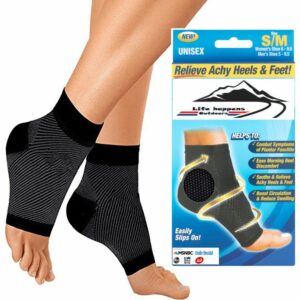

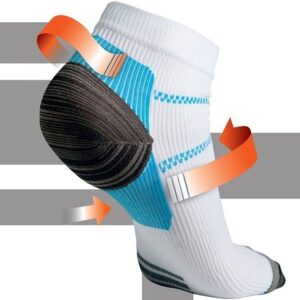
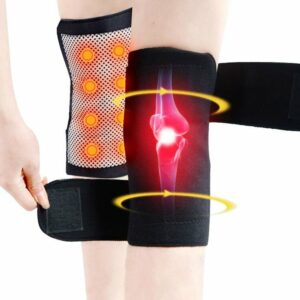
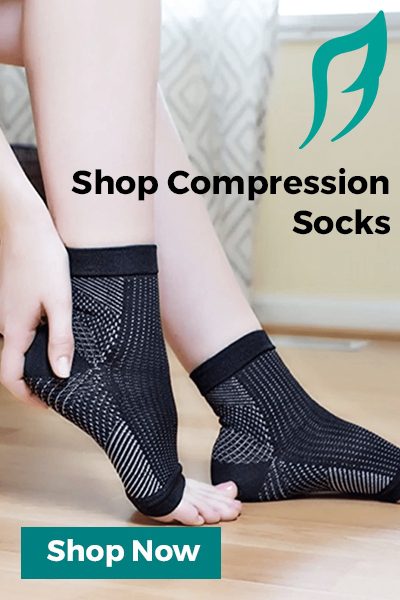



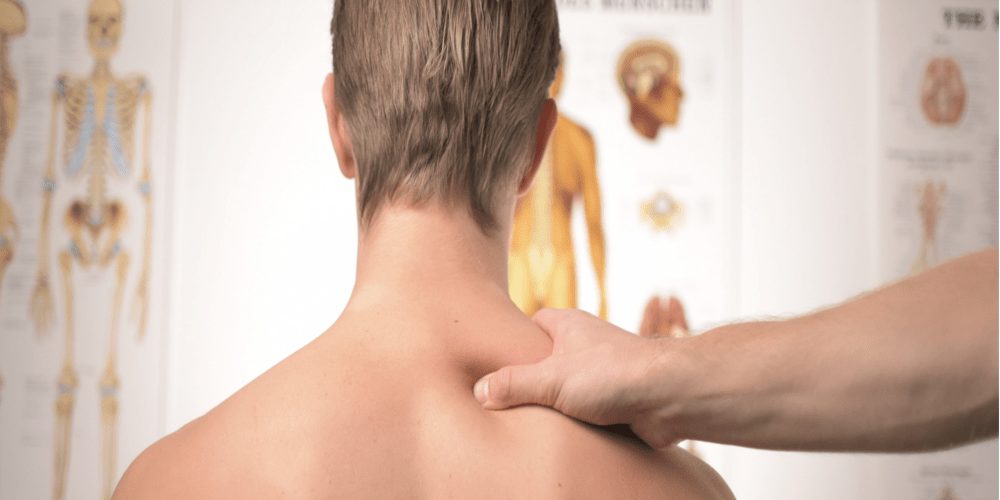

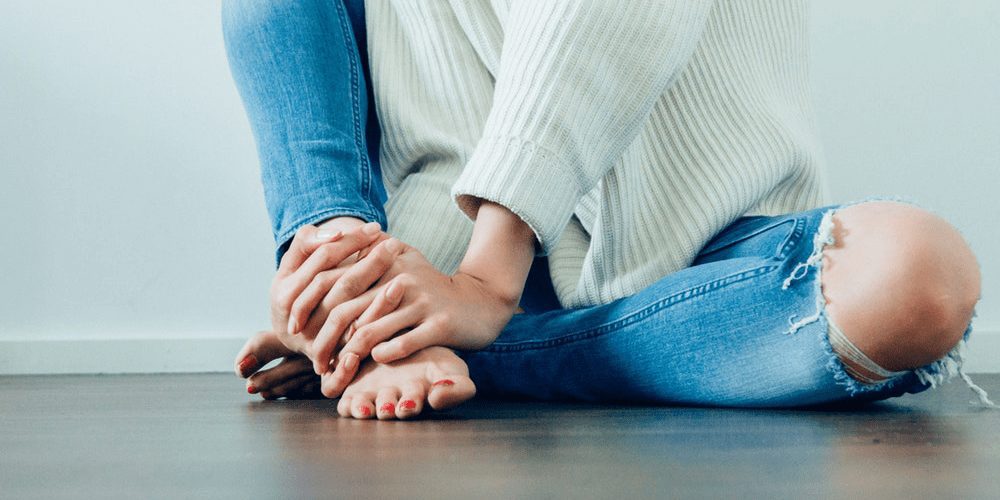
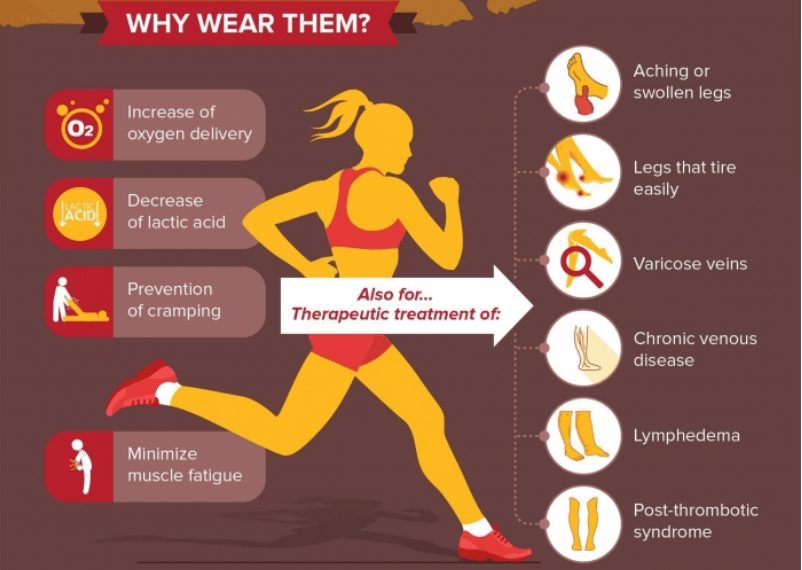

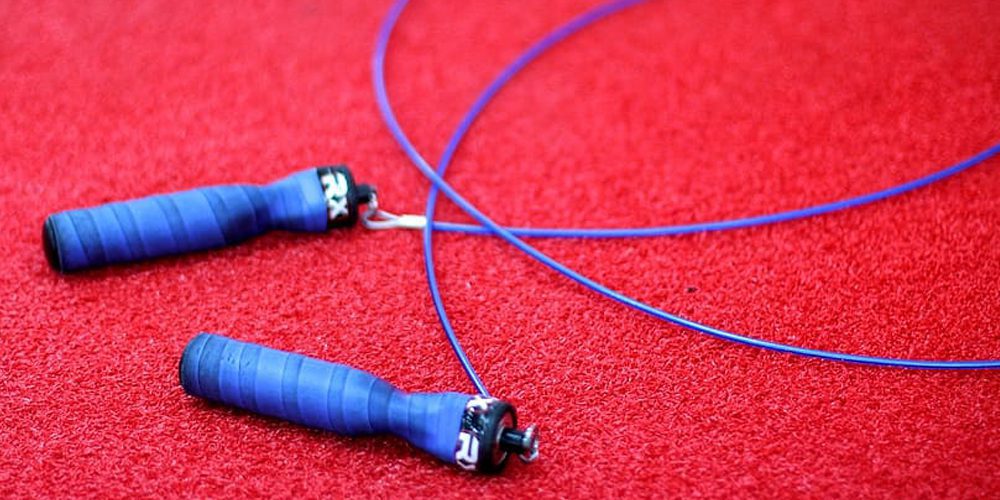
2 Responses
I have severe osteo arthritis in right knee,and have been having physio to help straighten the leg . I don’t want operation yet. Would your support help?
Our Painless Knee Braces will definitely help stabilizing your knee and will give you just the right support and compression that you need. But for a unique diagnostic analysis we always recommend talking to your medic. Get well soon!